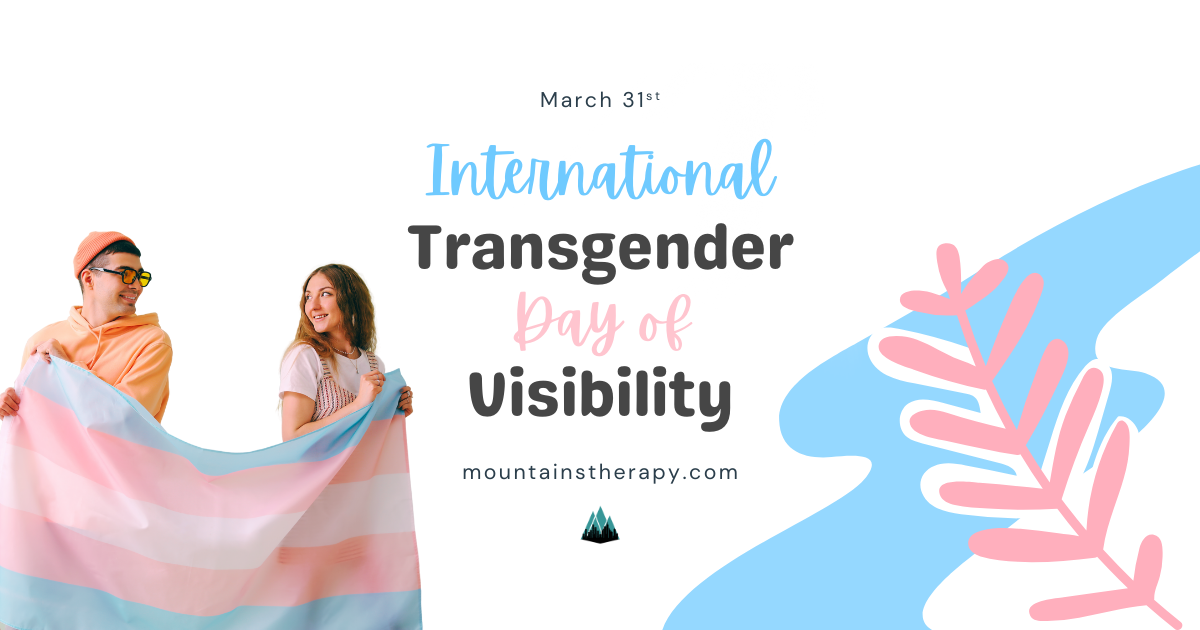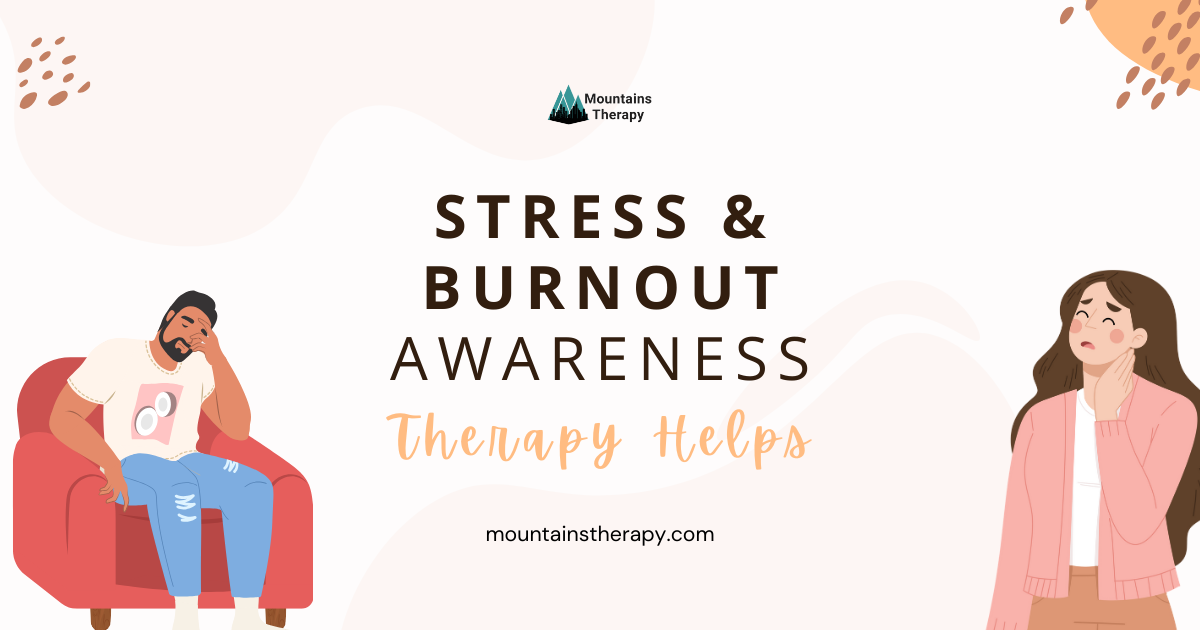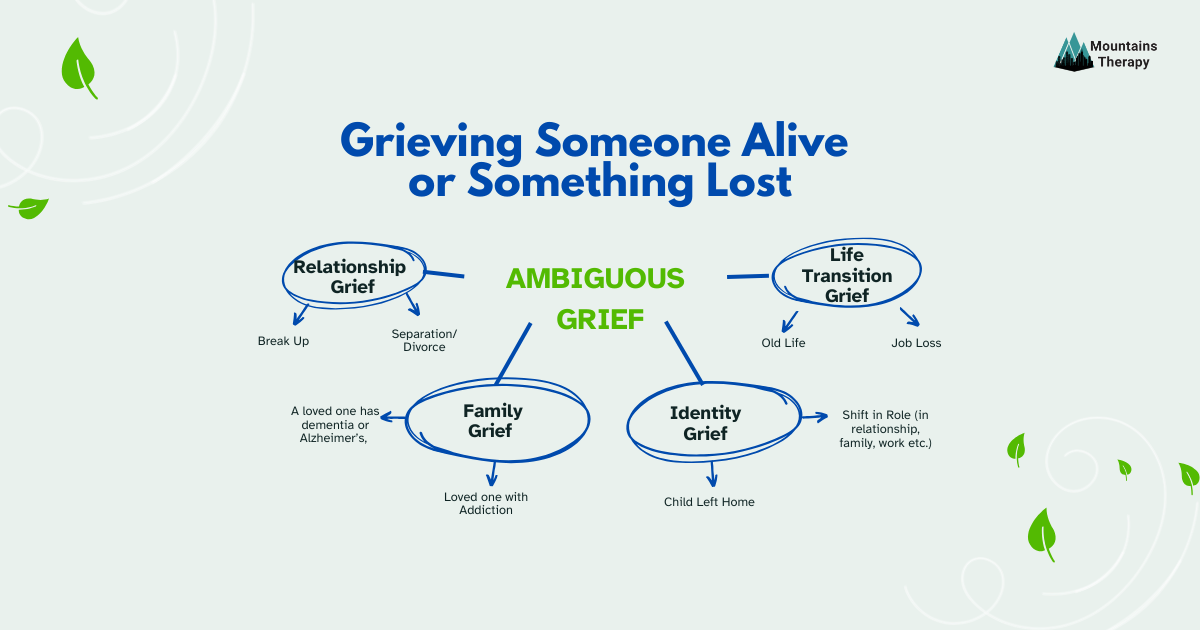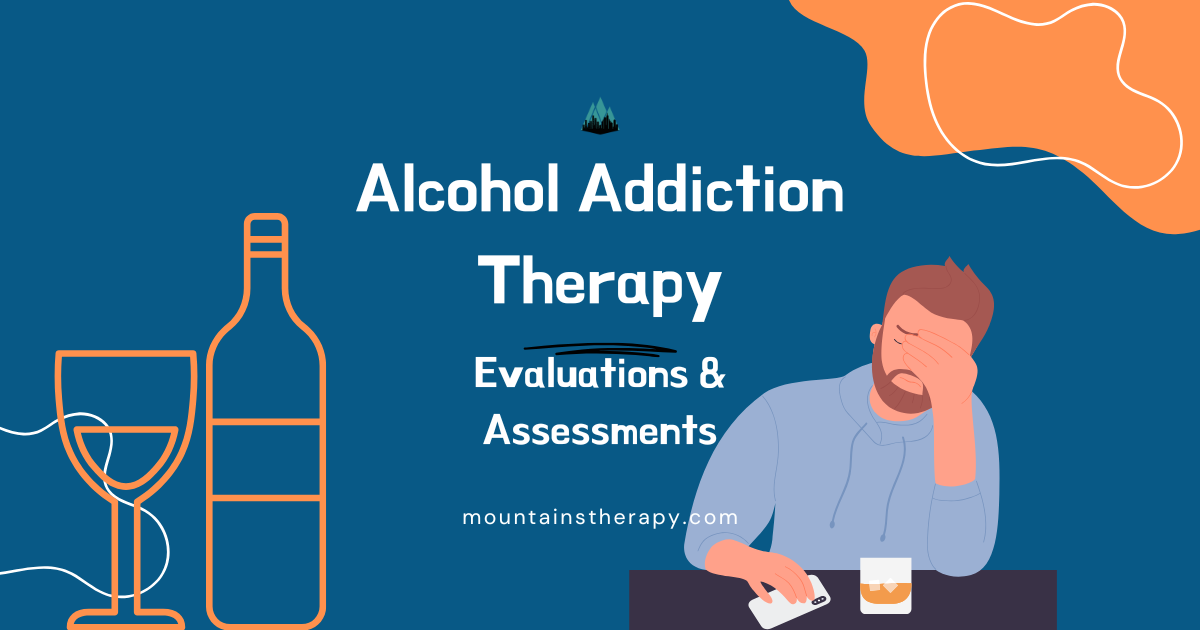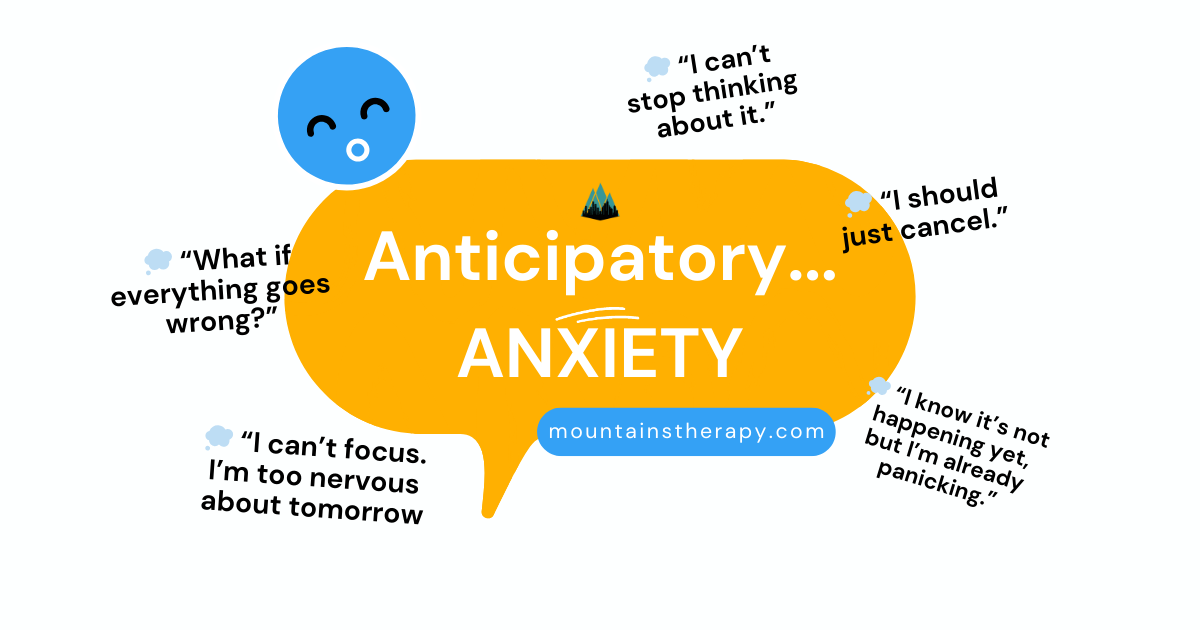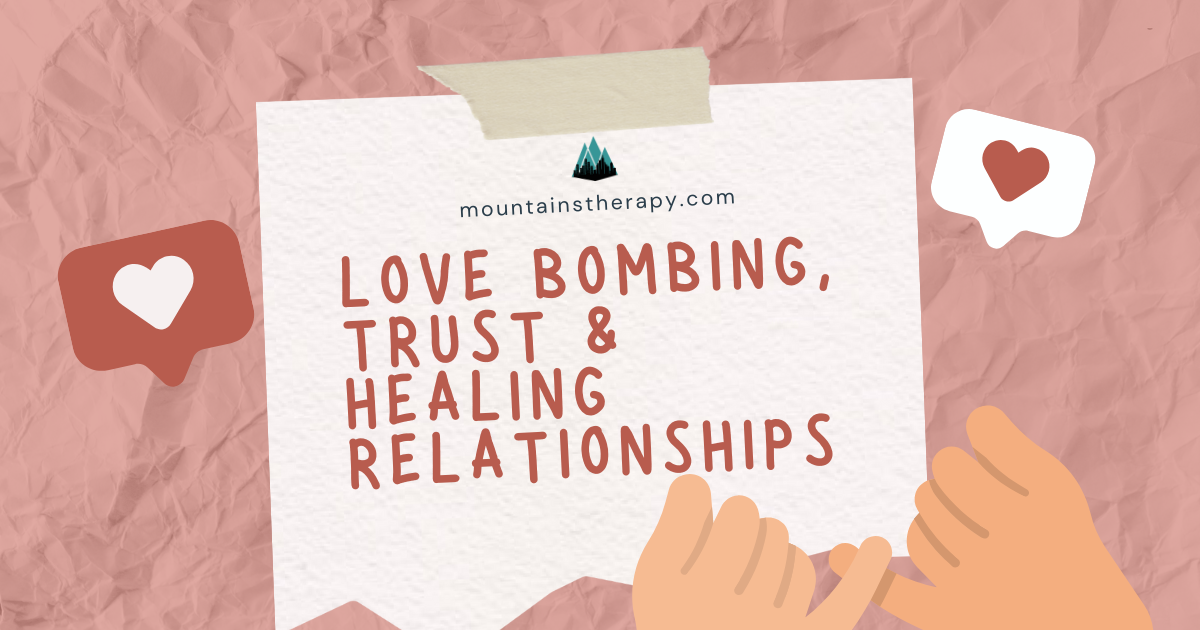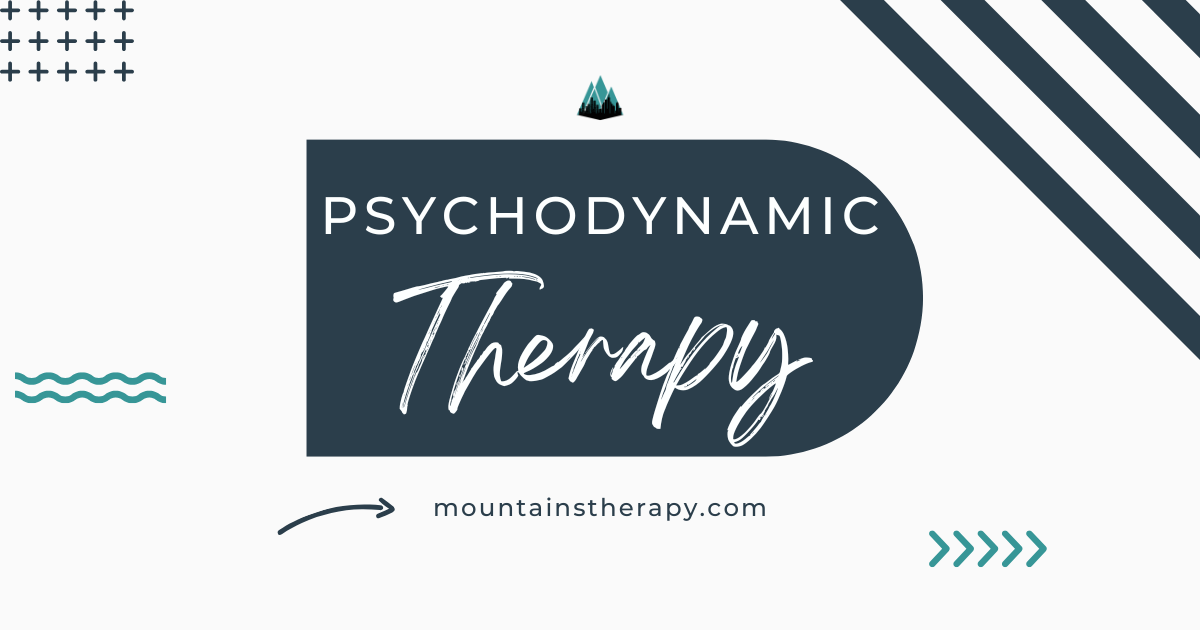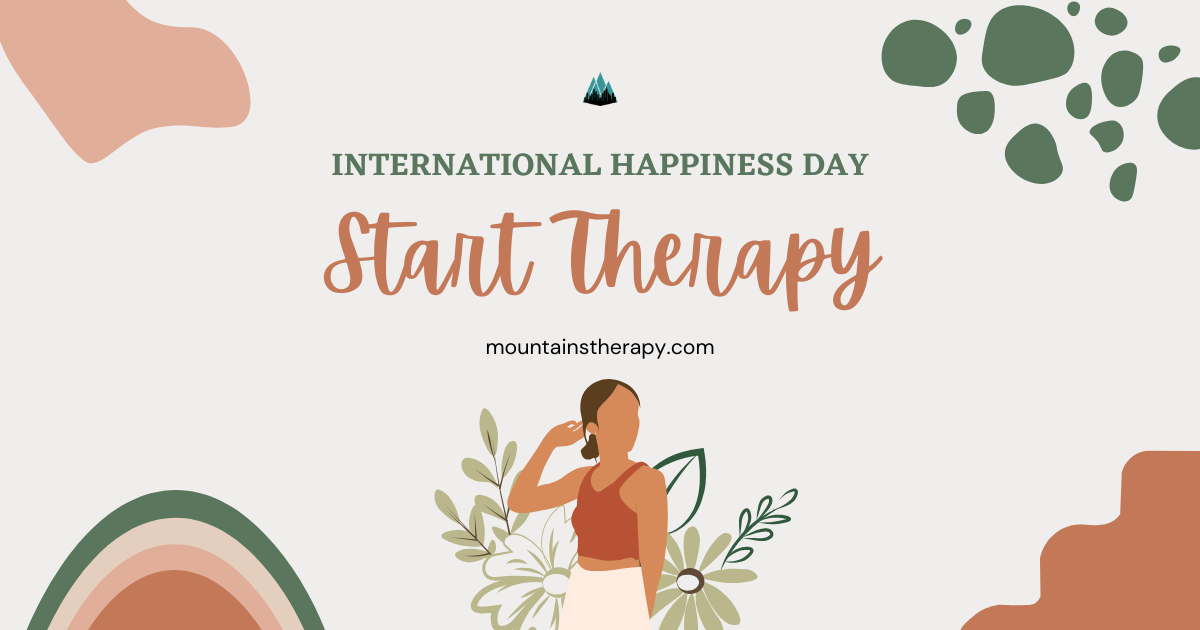What is Avoidant Attachment? Relationships with Emotional Distance
Learn more about Avoidant Attachment Therapy.
In This Blog, You’ll Learn:
✅ What Avoidant Attachment is and how it develops
✅ How Avoidant Attachment impacts relationships
✅ Practical strategies to manage Avoidant Attachment
✅ Answers to common questions about avoidant attachment
✅ How Mountains Therapy in Montclair, NJ, can help
At Mountains Therapy in Montclair, NJ, we understand that attachment styles play a major role in how individuals connect with others. One such style, Avoidant Attachment, often leads to emotional distance and challenges in building close, intimate relationships. If you've ever wondered, "Do I have attachment issues?" or searched for "signs you have attachment issues", this blog will guide you through understanding Avoidant Attachment, its impact on your relationships, and practical steps to create healthier, more connected bonds.
What Is Avoidant Attachment?
Avoidant Attachment, also known as dismissive-avoidant attachment, is a style marked by a strong preference for independence and self-reliance, often to the point of avoiding closeness and emotional intimacy. People with this attachment style might seem emotionally distant or aloof, often downplaying the importance of relationships.
This style often develops early in life when caregivers are emotionally unavailable or dismissive, leading children to suppress their emotional needs and fear dependence on others. This can carry into adulthood, affecting how they relate to partners, friends, and even family members.
How Avoidant Attachment Develops
Avoidant Attachment typically stems from early childhood experiences where caregivers were not emotionally supportive or responsive. When a child learns that expressing emotions doesn’t lead to comfort or support, they often turn inward, becoming overly self-reliant and suppressing their emotional needs.
As adults, this can lead to challenges in forming and maintaining meaningful relationships. You might wonder, "Why do avoidant attachment pull away?" or "Why is avoidant attachment bad?" The answer often lies in these deep-rooted experiences.
Characteristics of Avoidant Attachment
If you’ve ever asked, "What avoidant attachment looks like in a relationship?" or "What avoidant attachment needs?", these traits provide insight into their behavior and relational patterns.
- Emotional Distance:
Those with Avoidant Attachment often maintain emotional distance, struggling to express their feelings or seeming indifferent to a partner’s emotions. This distance can lead partners to feel unloved or disconnected. - Fear of Intimacy:
They might fear that closeness will lead to vulnerability and a loss of independence, prompting them to avoid deep connections. This fear often results in keeping partners at arm’s length, both emotionally and physically. - High Value on Independence:
A strong desire for independence can make them resistant to relying on others, often leading to challenges in relationships. They might view dependence as a weakness, causing friction when their partner needs support or closeness. - Difficulty Expressing Emotions:
Individuals may struggle to share their feelings, making it hard for partners to understand their needs. This difficulty often results in miscommunication and unmet needs within the relationship. - Suppression of Emotional Needs:
They often convince themselves that close relationships aren’t necessary, which can create barriers to connection. This suppression can lead to internalized stress and difficulty addressing emotions healthily. - Avoidance of Conflict:
People with Avoidant Attachment might avoid conflict at all costs, preferring to withdraw or shut down rather than engage in difficult conversations. This avoidance can lead to unresolved issues and built-up resentment in relationships. - Preference for Surface-Level Interactions:
They may engage in relationships that feel 'safe' and non-threatening, often keeping interactions at a surface level to avoid deeper emotional engagement. - Difficulty with Vulnerability:
Those with avoidant tendencies may find it challenging to show vulnerability, often hiding their true feelings or minimizing their emotional responses. - Self-Reliance in Times of Stress:
Instead of seeking support, avoidant individuals might handle stress and challenges independently, often isolating themselves from loved ones. - Minimizing Emotional Experiences:
They might downplay both positive and negative emotions, often appearing stoic or unaffected in situations where others would expect a more emotional reaction. - Cautious Approach to Love:
When in love, avoidantly attached individuals may move slowly, needing significant reassurance that their independence will not be compromised. - Overthinking and Withdrawal:
In relationships, they may overthink situations and withdraw as a protective measure when they feel emotionally overwhelmed.
The Impact of Avoidant Attachment on Relationships
The influence of Avoidant Attachment on relationships can be profound. Many partners of avoidantly attached individuals feel neglected, leading to dissatisfaction and conflict.
- Emotional Intimacy Challenges: Those with avoidant attachment may struggle to form deep, meaningful relationships, causing partners to feel unloved.
- Avoidance of Conflict: Instead of addressing issues head-on, they might shut down or withdraw, preventing conflicts from being resolved.
- Difficulty Expressing Needs: They often downplay their own needs, leading to loneliness and isolation.
- Lower Relationship Satisfaction: The lack of deep connection can lead to frustration for both partners.
If you’re asking, "Why do avoidant attachment cheat?" or "Are avoidant attachment narcissists?", it’s essential to understand that these behaviors often stem from a fear of vulnerability and intimacy, not a lack of love or care.
How to Manage Avoidant Attachment
While Avoidant Attachment can be challenging, it is possible to change and heal this attachment style with the right strategies:
- Therapy and Counseling: At Mountains Therapy, we offer Individual Therapy, Couples Therapy, and Family Therapy to help you explore your attachment patterns and develop healthier relationship skills.
- Building Emotional Awareness: Learning to understand and acknowledge your emotions is crucial. Recognizing your feelings is the first step to expressing them openly.
- Practicing Vulnerability: Embrace vulnerability by gradually opening up to others, even if it feels uncomfortable initially.
- Improving Communication: Developing effective communication skills can help express needs and emotions, leading to more fulfilling connections.
- Balancing Independence and Closeness: It’s important to find a healthy balance, understanding that relying on others can enrich your relationships without compromising your independence.
If you’ve ever wondered, "Can avoidant attachment be healed?" or "Can avoidant attachment style change?", the answer is yes—with patience, self-awareness, and support.
How Mountains Therapy Can Help
At Mountains Therapy in Montclair, NJ, we are committed to supporting individuals with Avoidant Attachment and other attachment problems relationships. Our experienced therapists work with you to explore the roots of your attachment style, understand its impact on your relationships, and develop healthier, more secure ways of connecting with others. We proudly serve and support LGBTQIA2S+ and BIPOC communities, providing a safe and welcoming space for all.
Common Questions and Answers about Avoidant Attachment Style
- What is avoidant attachment style? A style characterized by emotional distance and preference for independence.
- Are avoidant attachment more likely to cheat: They may avoid intimacy but are not inherently more likely to cheat.
- Are avoidant attachment insecure: Yes, avoidant attachment is considered an insecure attachment style.
- Are avoidant attachment manipulative: Not inherently, but their withdrawal can sometimes be perceived as manipulation.
- Are avoidant attachment narcissists: Not necessarily; avoidant attachment and narcissism are distinct but can overlap.
- Are avoidant attachment jealous: They may experience jealousy but often suppress or avoid expressing it.
- Can avoidant attachment be fixed: Yes, with therapy and self-awareness, avoidant attachment can improve.
- Can avoidant attachment fall in love: Yes, but they may struggle with expressing and accepting love.
- Can avoidant attachment style change: Yes, through therapy and healthy relationship experiences.
- Can avoidant attachment be cured: It can be managed effectively, leading to more secure attachment behaviors.
- Can avoidant attachment be healed: Yes, with consistent effort and support, healing is possible.
- How avoidant attachment develops: Typically from early childhood experiences with emotionally unavailable caregivers.
- How avoidant attachment affects relationships: Creates emotional distance, challenges with intimacy, and communication barriers.
- How avoidant attachment fall in love: Cautiously and often with a need for emotional safety and independence.
- How avoidant attachment show love: Through actions rather than words, often keeping a safe emotional distance.
- How avoidant attachment break up: They may withdraw emotionally and end the relationship abruptly.
- What avoidant attachment style: A style marked by a preference for independence and avoidance of intimacy.
- What avoidant attachment looks like in a relationship: Emotional distance, self-reliance, and difficulty expressing needs.
- What avoidant attachment looks like: Aloofness, independence, and a reluctance to show vulnerability.
- What avoidant attachment needs: A balance of independence and gentle encouragement for emotional openness.
- What avoidant attachment am I: This depends on personal attachment patterns, often identified through therapy.
- When does avoidant attachment develop: Typically in early childhood due to caregiver dynamics.
- Avoidant attachment when hurt: They may withdraw or suppress their emotions instead of expressing them.
- Avoidant attachment when dating: They might keep partners at arm’s length and avoid deep emotional connections.
- Avoidant attachment when in love: They may struggle with vulnerability but can show love through actions.
- Where does avoidant attachment come from: Early life experiences with emotionally unavailable or dismissive caregivers.
- Where does fearful avoidant attachment come from: Often from inconsistent or traumatic early relationships.
- Where does avoidant attachment style come from: It originates from childhood interactions with primary caregivers.
- Which avoidant attachment style am I: Identifying this requires exploring personal relationship patterns.
- Which avoidant attachment style: Avoidant attachment includes dismissive-avoidant and fearful-avoidant types.
- Which person demonstrates an avoidant attachment style: Someone who values independence and avoids emotional intimacy.
- Who are avoidant attachment styles attracted to: Often to individuals with anxious attachment styles, creating push-pull dynamics.
- Infants who show avoidant attachment: Tend to avoid or ignore caregivers, showing minimal distress when separated.
- Who is attracted to avoidant attachment: People with anxious attachment styles are often drawn to avoidant partners.
- Why avoidant attachment style: It develops as a coping mechanism to deal with unmet emotional needs in childhood.
- Why avoidant attachment: It offers a sense of control and safety by avoiding vulnerability.
- Why do avoidant attachment pull away: To protect themselves from perceived threats to their independence or vulnerability.
- Why is avoidant attachment bad: It can hinder deep, meaningful connections and lead to relationship dissatisfaction.
- Why do avoidant attachment cheat: Not all do, but avoidance of intimacy and discomfort with vulnerability can lead to seeking escape.
- Will avoidant attachment come back: They may return if they feel safe, but often struggle with maintaining closeness.
Avoidant Attachment can create significant challenges in relationships, often leading to emotional distance and difficulty in forming deep connections. However, with the right tools and support, it is entirely possible to move toward healthier, more secure relationships. If you’re struggling with Avoidant Attachment and want to take meaningful steps toward healthier relationships, reach out to us at Mountains Therapy in Montclair, NJ. We’re here to guide you on your journey to emotional well-being and fulfilling, secure connections.
Contact us to find best avoidant attachment therapist near me NJ and best avoidant attachment counselor near me NJ.
POSTS
Elevate Mental Health Blog: Best Therapists of Montclair 2024
IMPORTANT: Call 988 Suicide and Crisis Lifeline 24/7, visit emergency room, or call 911, If you or someone you know are in a mental health crisis or be in danger.
All Rights Reserved | Mountains Therapy LLC


